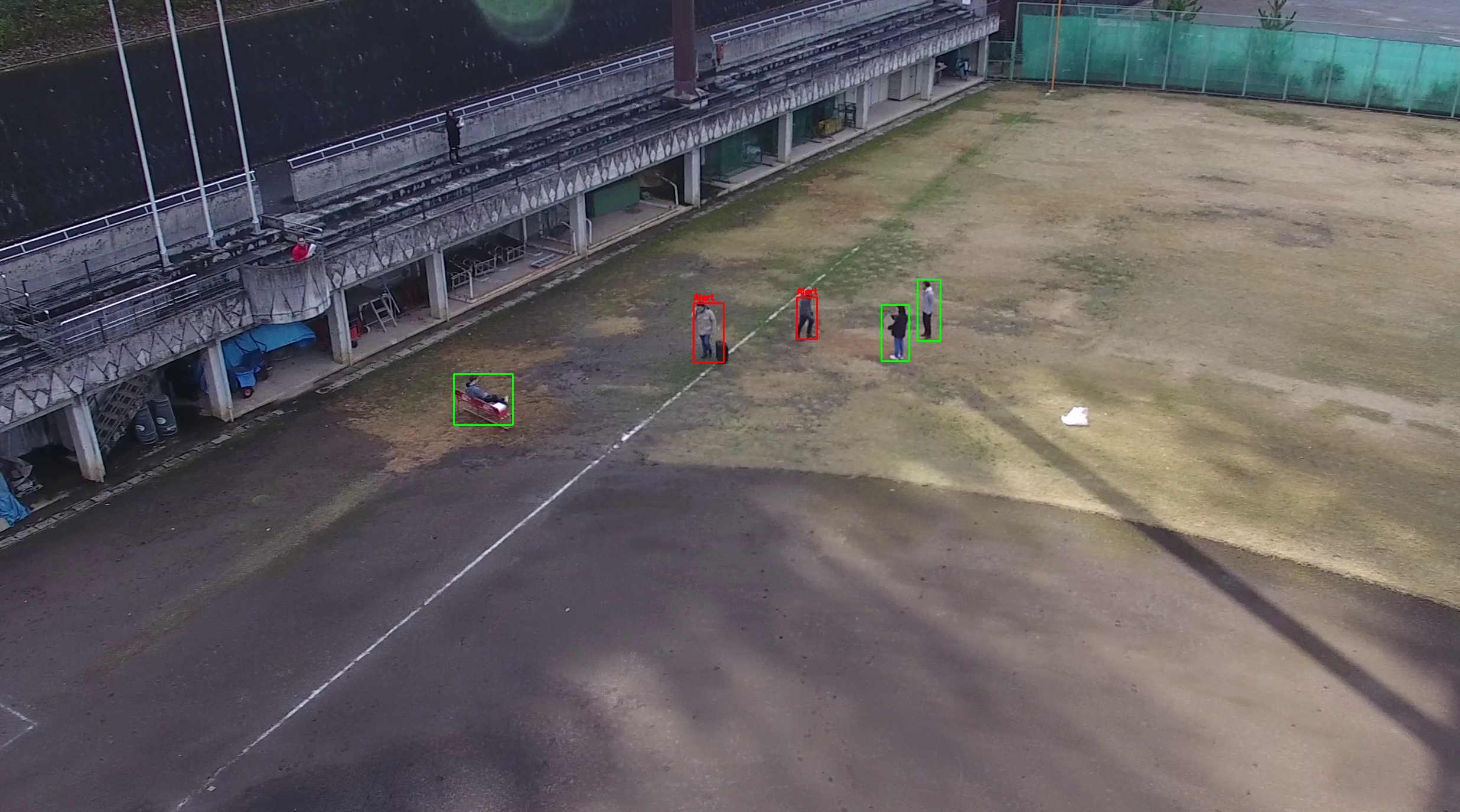Energy Efficient Social Distancing detection
Presented at: IEEE Brain sponsored Neuromatch Computational Neuroscience Conference 2.0

Description
As countries decide to lift lockdowns (due to the recent Covid-19 pandemic), it leaves no doubt, that our lifestyles will not be the same anymore. The new normal for several months will be to maintain social distance in everything we do. For most places, social distancing is likely to be monitored using cameras mounted on drones. However, artificial neural networks powering these devices require substantial computational and energy costs, thus limiting their use in mobile applications. Limitations include possibility of only short-term deployment, requirement of connectivity to remote servers for inference which adds to latency, and inability to take decisions by itself. Though, recent advent of edge computing devices like the Jetson Nano solve these limitations to some extent, still energy efficiency remains a big issue. Spiking Neural Networks have shown great potential as a solution for realizing ultra-low power consumption using spike based neuromorphic hardware. However practical deployment of such devices may take time. In this work, we compare edge computing and neuromorphic computing approaches in terms of energy efficiency. In addition to this, we present a possible approach for monitoring of social distancing in public places. Srivastava, Varad; Singh, Manoj Kumar (2020): How Spike based Neuromorphic Computing can help monitor Social Distancing Efficiently. figshare. Poster. https://doi.org/10.6084/m9.figshare.12807224.v1
How
- Computer Vision
- Spiking Neural Networks
- Tensorflow